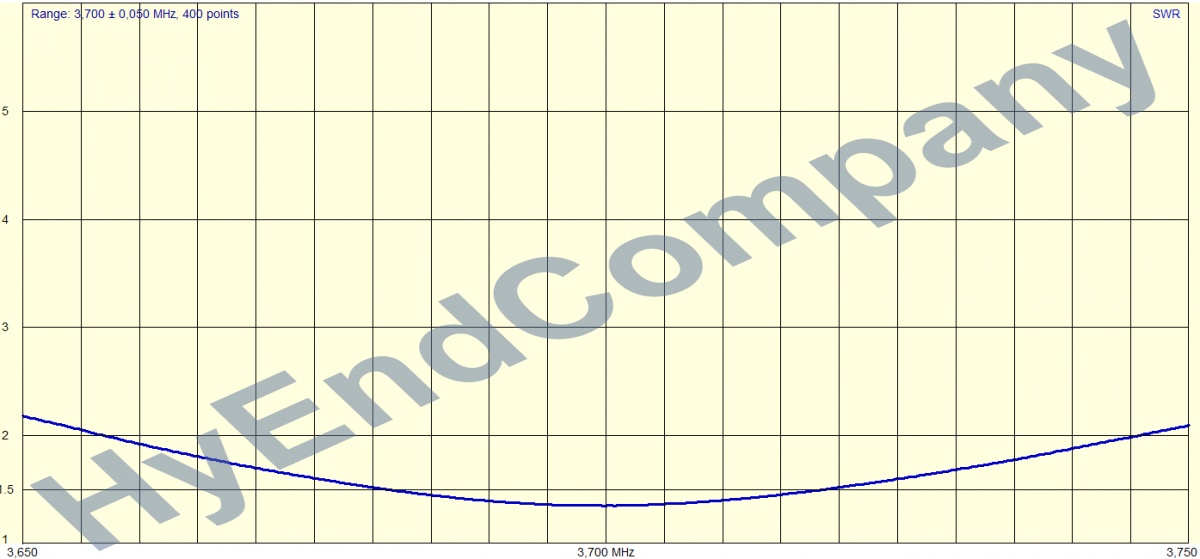@all
Thank you for your tips and experiences.
Invaluable to a HF newbie ...
Please keep it comming


@Hamlec
Yepp . Forgot to mention the 15m band.
@A.Z
The FT-991A built in antenna tuner will only do 3:1 , not good enough for a "Random wire" , i am considering to get a MFJ-939Y Ant. tuner though.
But for a start i'll go with the HyendFeed , as it should do all the mentioned bands with a nice swr. But it also comes with a steep price.
I'm a bit worried about the counterpoise ... Does that carry any noticable RF energy. ? - Grand children playing around the trees.
And i'm not even sure i can get the antenna 17' up in the air.
@imo
Your experiences are excactly why i'll get a HyendFeed for starters, as it "should be" mount & run.
Later on i would like to build something that can take the full Yaesu power.
@all
I have ordered one of the new 4" 4GHz NanoVNA's from Ali to help in testing the antenna(s).
But i have to learn to use it ... Ie. Smith-chart looks a "Childs doodling" to me ... or an Alien Vortex.
I'm a IP Network guy , not an EE or RF engineer , who got his license some 40+ years ago.
I'll do some googling when i get the VNA , else
i'll cry for helpThe radio is for a bit of "Cosy Chat" , not DX'ing , and i never learned CW

That might also affect my choice of the 80M band center ...
I'll be using it in the summerhouse in Sweden, expected the bands to be "EU alligned" , but i don't think ie. 70MHz is allowed there . It is in DK.

/Bingo